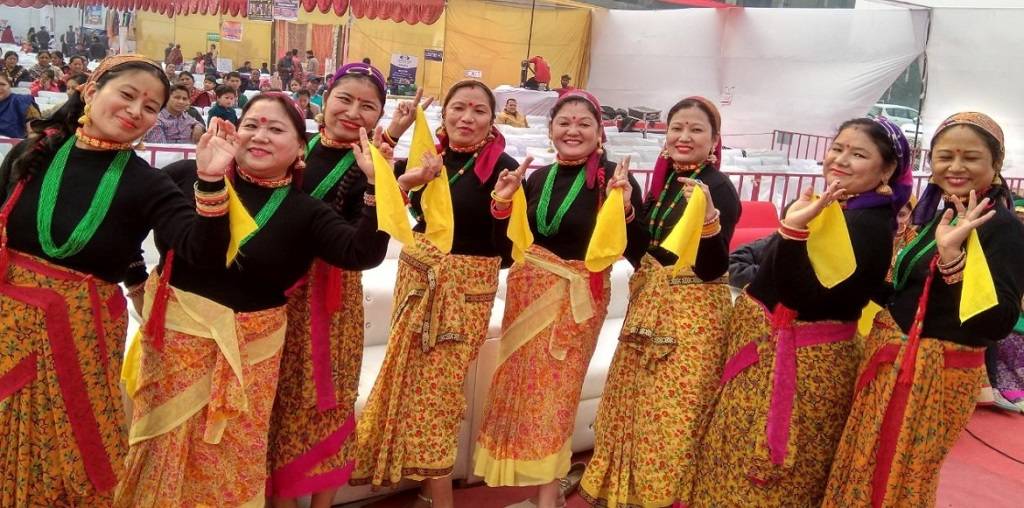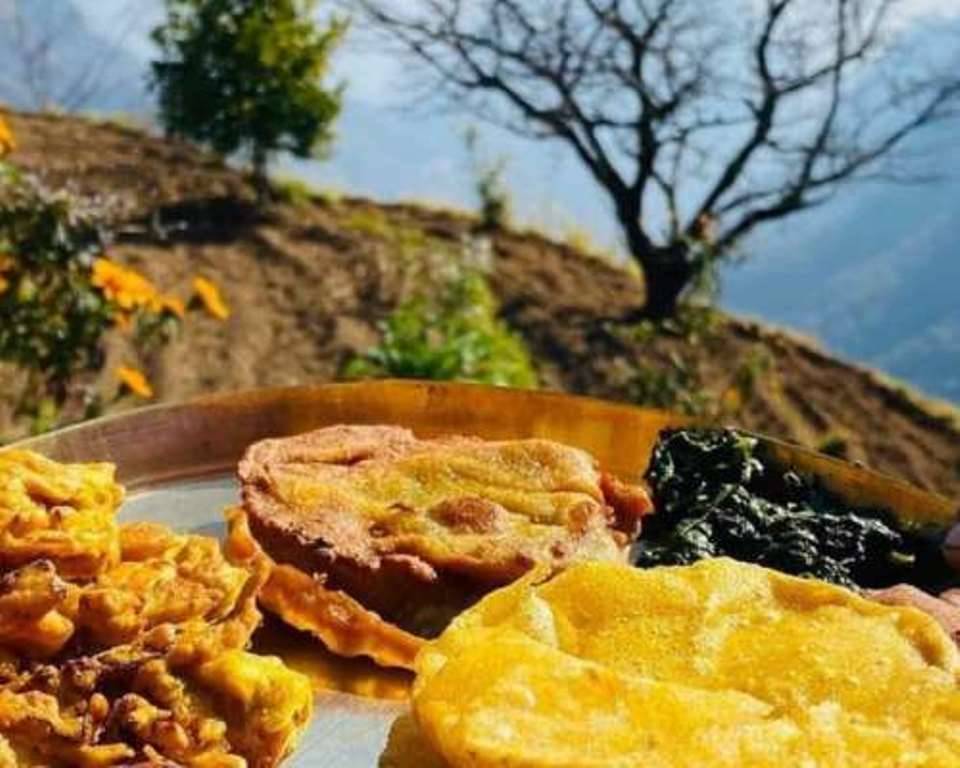
The festival of Makar Sankranti is considered one of the most auspicious festivals in Hindu customs and is celebrated throughout the country with great enthusiasm and excitement. Makar Sankranti is an important festival, especially for the farmer community as they begin celebrating the harvest festival on the eve of Makar Sankranti (it generally falls on 14th or 15th January) every year.
Due to cultural variations in India, the festival has different names and different reasons for celebration. However, the association with the idea of the sun moving towards the north is a widely accepted reason for celebrating Makar Sankranti. In south India, it is called 'Pongal', north-east India calls it 'Maghi Bihu' while in Uttarakhand, it is known as 'Uttarayani' or 'Ghughutia'.
What is Uttarayani
The festival of 'Uttarayani' is one of the most sacred festivals in Uttarakhand. the festival has a great significance in the state of Uttarakhand and is celebrated in quite a different way. The festival of Uttarayani reflects the culture and rituals of the Kumaon and Garhwal regions of Uttarakhand. Let's explore more about the significance of Makar Sankranti from the perspective of Uttarayani.
Celebrating Uttarayani in Uttarakhand
According to the Hindu religious texts, on the day of Uttrayani, the Sun enters the Zodiacal sign of Makar (Capricorn) from the Zodiacal sign of Kark (Cancer). This means that from this day onwards the sun becomes 'Uttarayan', i.e., it starts moving to the north. It is believed that from this day, the migratory birds start returning to the hills as this day signals a change of season.
In Uttarakhand, people offer Khichadi (a mixture of rice and pulses) in charity, take a ceremonial dip in the holy river, and participate in many fairs. Uttarayani fair is generally held in a number of places in the Kumaon region including Bageshwar, Ranibagh, and Hanseswari. A plethora of events is held at the event including exhibitions of handicrafts, music concerts of local artists singing Jhoras, Chancharis, and Bairas, etc.
'Gur' or Jaggery also has significance in the festival as young ones seek blessings from their elder ones and in return, the elder ones offer the young ones 'gur', which signifies that from now onwards, all the bitterness between them has been forgiven. People also prepare sweets called 'Ghughutis, which are made with wheat flour kneaded with a mixture of lukewarm water and gur. The dough is made and small balls are molded into different shapes like drums, pomegranates, knives, swords,s, etc. They are air-dried naturally for two-three hours and then deep-fried in ghee and are eaten after they get cool down.
There is another ritual that holds significance in the Uttarayani festival in Uttarakhand. Ghughutis are strung together with an orange fixed in the middle and are worn as necklaces by small children. This is done to attract crows and to persuade them to eat the ghughutis as a token of welcome for all the migratory birds who are returning to the hills. The child who is able to feed the crow first is considered lucky. The remaining ghughutis is eaten by everyone.

The Legend behind Uttarayan
Behind all these rituals, there are several legends. The most popular of them all is the story of an ancient king named Ghughut. Once an astrologer makes a prediction about the king that the crows would kill him in the early morning of Makar Sankranti.
The king devises a plan to avoid his death and asks the people in his kingdom to prepare sweets made with flour and gur and let the children feed them to crows early in the morning of Makar Sankranti. The people prepare the dish and name the dish after their king. The crows get busy with eating the dish and the king avoids his untimely death. This is considered one of the reasons why it's also called ghughut.
The state of Uttarakhand is considered the Devbhoomi of India as has a very different culture in itself. Uttarayani, being one of the biggest festivals of the state, is celebrated with great enthusiasm and reflects the culture of the Devbhoomi in a different way.
Also, try 6 Traditional and delicious dishes.
















